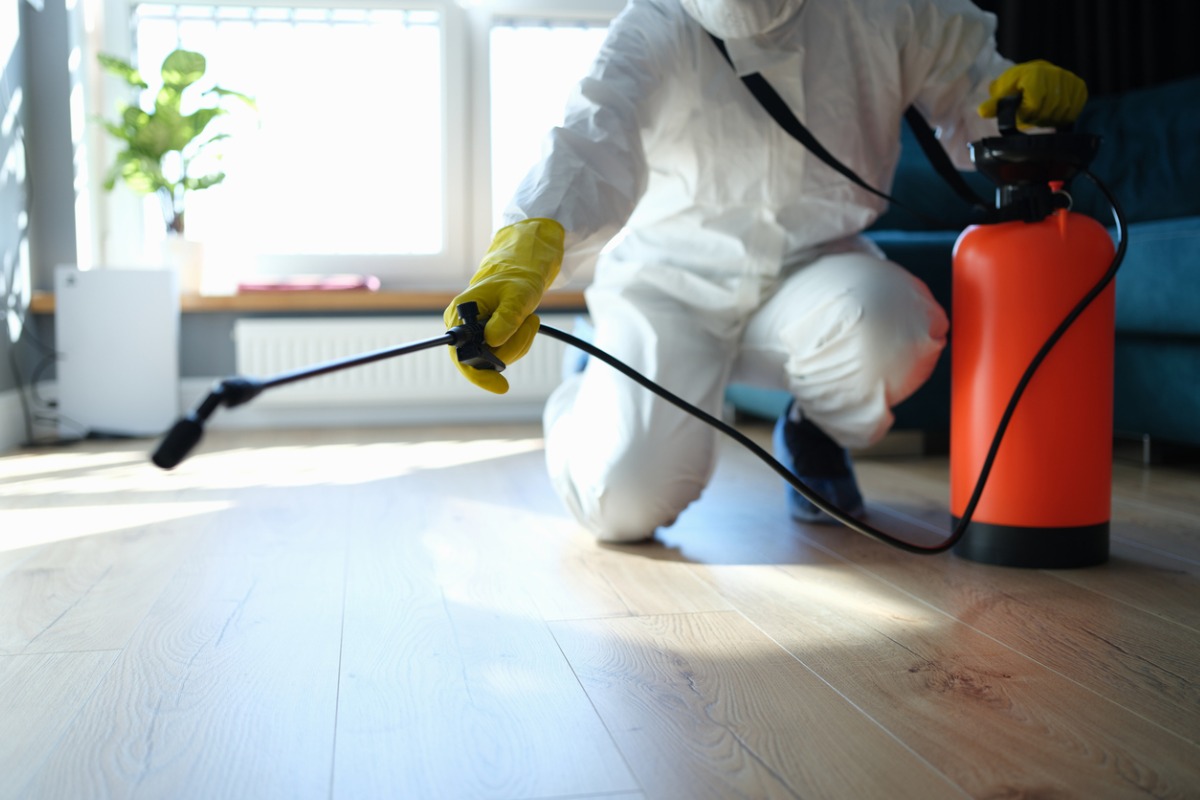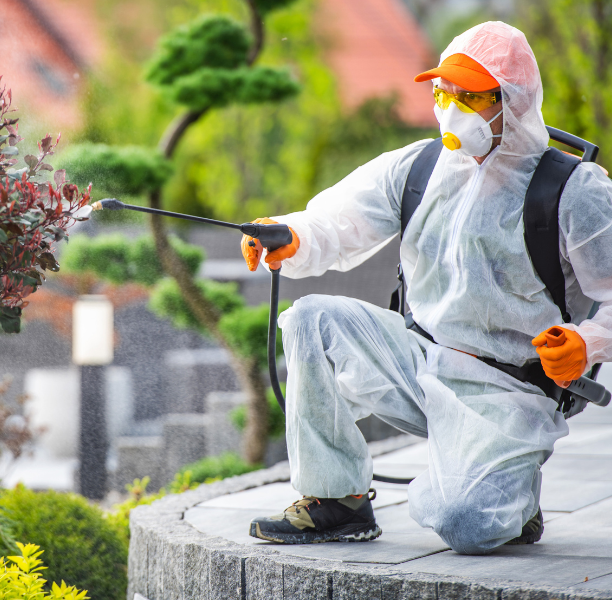Safe and Trustworthy Insect Control for Lasting Defense
Reliable pest management calls for a complex technique that balances environmental integrity with the need for reliable bug reductions. The nuances of these techniques may not be instantly clear, prompting a closer exam of the methods that can lead to lasting insect control outcomes.
Recognizing Bug Control Methods
Pest control includes a range of methods targeted at managing and eradicating undesirable bugs and rodents that can intimidate both health and wellness and building. Comprehending these approaches is crucial for reliable insect monitoring.
The main groups of insect control methods consist of mechanical, organic, and chemical methods. Mechanical approaches include physical obstacles and catches to avoid insect entrance and capture undesirable types. Using screens on windows or using sticky catches can significantly lower pest populations without presenting damaging materials - exterminator coquitlam.

Chemical insect control is usually the most recognized approach, making use of chemicals to remove pests. These chemicals can be effective but must be utilized with care to stay clear of negative impacts on non-target types and the atmosphere.
Benefits of Eco-Friendly Solutions
Just how can eco-friendly remedies transform pest control methods? The fostering of environment-friendly bug control methods supplies various advantages, dramatically enhancing the performance and safety of parasite management.

One more benefit is the favorable effect on regional biodiversity. Green solutions are developed to target certain pests while preserving useful bugs and wild animals, advertising a well balanced community. This method lines up with the expanding customer demand for sustainable methods, enhancing the online reputation of insect control providers.
Integrated Pest Management Techniques
The execution of environmentally friendly services naturally leads to the adoption of Integrated Pest Monitoring (IPM) approaches, which further enhance parasite control efficiency. IPM is an all natural strategy that integrates several techniques to handle insect populations while minimizing ecological effect. This technique emphasizes making use of biological, social, mechanical, and chemical controls, making certain a well balanced and sustainable technique of parasite administration.
One basic element of IPM is the comprehensive evaluation of parasite task and environmental problems. By keeping track of insect populaces and determining their life cycles, professionals can apply targeted interventions that interfere with the pest's environment or lifecycle, lowering reliance on chemical pesticides. Furthermore, cultural techniques such as crop rotation and habitat manipulation can significantly reduce bug establishment and reproduction.
Another important part is making use of organic control representatives, such as helpful bugs or bacteria, which can normally subdue pest populaces. When chemical applications are needed, IPM prioritizes more using low-risk pesticides and uses them uniquely, reducing direct exposure to non-target organisms and humans.
Integrating IPM techniques not just improves bug control effectiveness however additionally advertises a much safer community, aligning with the growing need for lasting practices in bug management.
Safe Practices for Homeowners
Comprehending the value of secure practices in insect control can encourage property owners to effectively take care of insect problems while securing their wellness and the environment. Executing preventative measures and non-toxic methods is critical in minimizing exposure to damaging chemicals.
Homeowners ought to first assess their environment for problems that draw in insects, such as standing water, clutter, and food waste. On a regular basis cleansing and sealing entry points can deter parasites from attacking the home. Using natural deterrents, such as essential oils or diatomaceous planet, can provide efficient alternatives to chemical pesticides.
When chemical therapies are needed, property owners should choose items that are especially classified as risk-free for residential usage. It is important to follow application standards carefully to avoid overexposure. Using targeted therapies in locations where bugs are identified, instead than blanket splashing, can considerably lower chemical use.
Last but not least, maintaining open interaction with bug control professionals is important. Homeowners must ask about the safety and security of items used and demand environmentally friendly alternatives whenever possible. By embracing these secure methods, homeowners can create a healthier living environment while efficiently handling parasite problems.

Tips for Long-Term Protection
Developing a parasite monitoring strategy that stresses lasting defense can significantly improve the efficiency of the secure techniques previously discussed. To attain this, homeowners ought to execute routine assessments of their property, concentrating on concealed locations such as attic rooms, cellars, and important link crawl rooms. Early discovery of parasite task is crucial in avoiding infestations from taking hold.
These techniques minimize attractants that draw parasites into the home. Sealing entry points, such as splits around windows and doors, can effectively block prospective pest accessibility.
Landscaping needs to likewise be considered; maintaining plants trimmed and maintaining a range between plant life and the home reduces concealing areas for pests. Using natural deterrents, such as crucial oils or diatomaceous planet, pest control insurance can further prevent infestations without turning to harsh chemicals.
Finally, working together with a specialist pest control solution for regular evaluations can give an extra layer of safety and security. These professionals can offer customized recommendations and advanced treatments, making certain that your home remains protected versus bugs in the long-term.
Final Thought
Finally, safe and reliable insect control calls for a multifaceted strategy that stresses eco-friendly approaches and incorporated pest administration. By applying natural deterrents, conducting routine inspections, and maintaining proper cleanliness, homeowner can dramatically reduce pest populations while shielding beneficial insects and the environment. Collaboration with professional insect control services enhances the efficiency of these methods, guaranteeing customized remedies that provide lasting protection and assurance versus future invasions.
Reliable bug administration needs a diverse method that balances ecological integrity with the requirement for efficient insect suppression. The fostering of eco-friendly pest control approaches uses many benefits, significantly improving the efficiency and security of pest monitoring.The execution of green services normally leads to the fostering of Integrated Bug Administration (IPM) techniques, which further boost insect control efficacy. exterminator coquitlam. By monitoring bug populaces and recognizing their life cycles, specialists can implement targeted treatments that disrupt the parasite's habitat or lifecycle, lowering dependence on chemical pesticides.In final thought, reputable and safe pest control calls for a multifaceted method that stresses environmentally friendly techniques and incorporated bug management